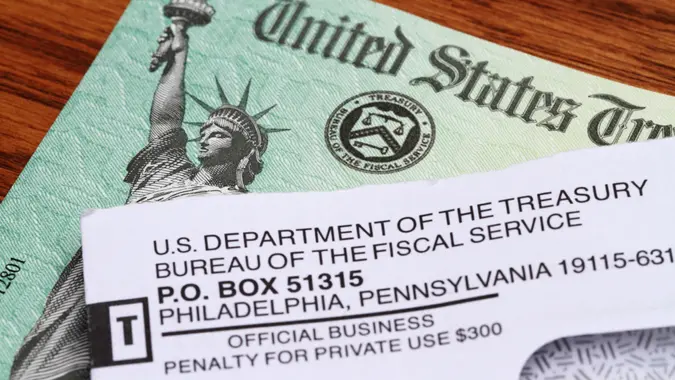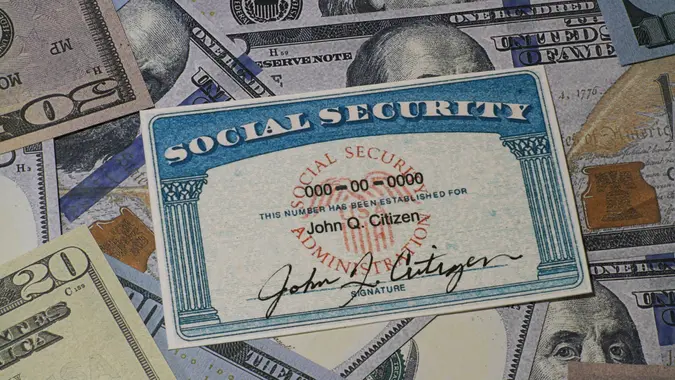Social Security Reform: What It Means for Your Retirement Savings Strategy

Commitment to Our Readers
GOBankingRates' editorial team is committed to bringing you unbiased reviews and information. We use data-driven methodologies to evaluate financial products and services - our reviews and ratings are not influenced by advertisers. You can read more about our editorial guidelines and our products and services review methodology.

20 Years
Helping You Live Richer

Reviewed
by Experts

Trusted by
Millions of Readers
By 2032, the Social Security Administration projects that its OASI Trust Fund will become insolvent.
Social Security reform is inevitable and could take many forms. The SSA could cut benefits, or freeze or slow cost-of-living adjustments (COLAs). They could start means-testing recipients to deny or reduce their benefits. Tax attorney and accountant Chad Cummings of Cummings & Cummings Law notes that Congress could raise the retirement age for benefits: “Lawmakers in both parties have proposed raising the full retirement age from 67 to 69.”
Congress could also attack the problem from the revenue side, raising FICA taxes or eliminating the income ceiling on them. With all of these daunting options on the table, how should workers revise their retirement strategy?
Save a Larger Nest Egg
No one wants to hear it, but you might need more money saved for retirement than you previously thought.
“Anyone under 40 should plan for retirement as if Social Security will only be a small supplement, not the foundation,” advises financial planner Adam Spiegelman of Spiegelman Wealth Management.
Reduce Structural Costs
Aim to reduce or knock out your largest fixed monthly expenses. That could mean paying off your mortgage before retiring, downsizing to a less expensive home, or paying off all auto loans and other debts.
Financial strategist Linda Jensen of Heart Financial Group puts it succinctly: “Entering retirement with fewer fixed expenses gives you breathing room if your benefits change.”
Maximize Roth Accounts
Roth accounts let you pay taxes once, then never pay them again on your retirement savings. Your investments compound tax-free, and you pay no taxes on withdrawals in retirement.
That protects you from rising tax rates in the future — which most financial experts see as likely, given the federal government’s growing spending, debt, and debt-to-GDP ratio.
“Convert traditional IRA funds to Roth while tax brackets remain low,” urges Cummings. “Lock in today’s tax rates, because they will almost certainly rise in the future.”
Putting more of your money in Roth accounts could also shield you from means-testing. Roth withdrawals don’t count toward your modified adjusted gross income: the likely metric for means-testing and excluding higher earners.
Prepare To Work Later in Life
You can’t count on the same Social Security benefits or tax rates by the time you retire. When Social Security reform comes, the new math could require you to work years longer than you planned.
That doesn’t mean you have to keep working the same high-stress job however. Explore fun, flexible semi-retirement jobs or gigs that you’d enjoy working. These can help you delay taking benefits to maximize them, and help you shore up your nest egg before leaving the workforce.
More From GOBankingRates
 Written by
Written by  Edited by
Edited by 

























